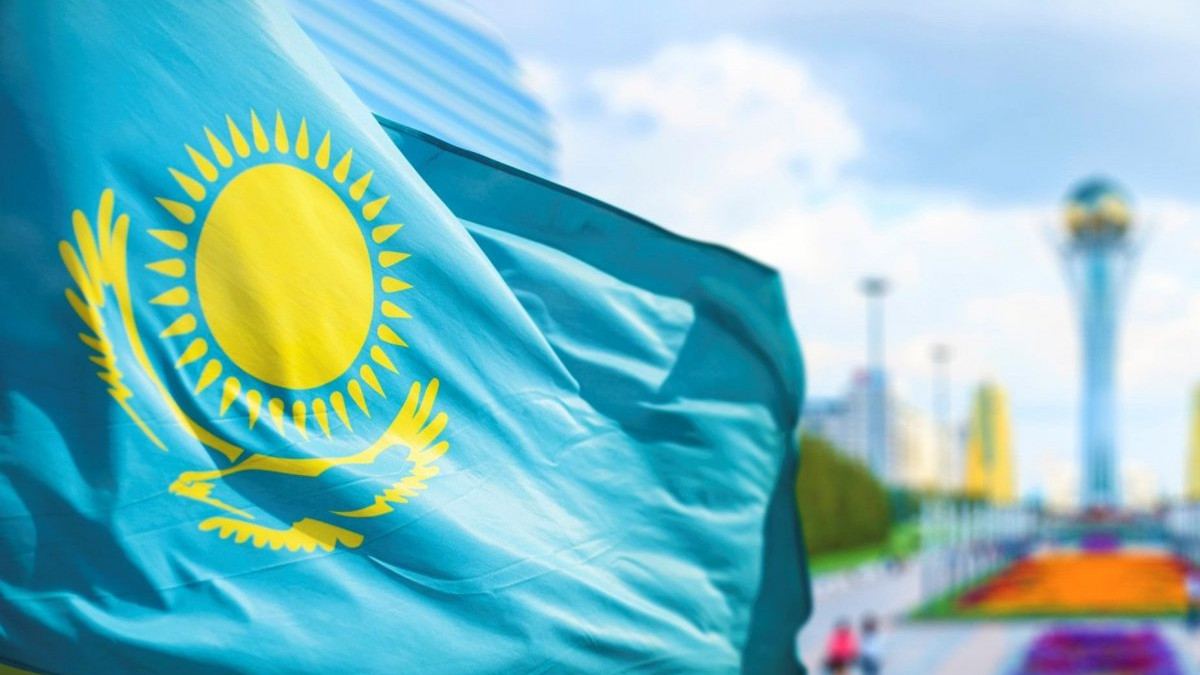As 2023 draws to a close, it is a good opportunity to reflect on a year that has seen some remarkable developments in Kazakhstan.

Photo credit: Akorda
The year began with big political change — on Jan. 19, President Kassym-Jomart Tokayev dismissed the Parliament’s lower chamber and announced a snap parliamentary election. This move came almost exactly a year after the tragic nationwide unrest in January 2022 that shocked Kazakhstan and galvanized political reform.
The parliamentary election took place on March 19. According to reports from London’s Economist Intelligence Unit, it “marked the culmination of the president’s reform program.” The ruling Amanat party achieved a decisive victory in the election, which many predicted. The process did, however, breathe some fresh life into Kazakhstan’s political system. Two newly-registered parties participated in the election – Respublica and Baytak. Opposition candidates also actively participated in single-seat constituencies. The number of parties vying for seats was also higher compared to previous elections.

Assel Nussupova.
Tokayev set his sights not only on renewing the political process in Kazakhstan, but also on improving the national economy. Central policy planks in the President’s vision for economic improvement embraced diversification, developing an entrepreneurial culture, and seeking a greater role for new technologies. Unfortunately, the year 2023 did not see substantial progress made towards diversification in Kazakh industries, in terms of shifting from agricultural or natural resource-based operations towards newer high yield industries. There was, however, distinctive diversification of trade beyond Kazakhstan’s immediate neighbors.
During this past year, in particular, Kazakhstan has actively aimed to cooperate with brotherly countries such as Türkiye and other Central Asian countries. Kazakh companies have also welcomed visitors from countries located near the Persian Gulf, both as participants and hosts for various investment roundtables and forums.
As well as strengthening ties with other nations, Kazakhstan prioritized the diversification of trade and investment routes, despite the country’s continued close economic ties to Russia. For example, in February, KazMunayGas, the Kazakh state-owned oil and gas company, began shipping oil to Germany through Russia’s Transneft pipeline. This is a positive development that sees Kazakhstan engaging directly with an EU partner, a trend that may continue in the wake of the European Union’s desire to establish closer ties with Central Asia, particularly with Kazakhstan.
This trade deal is the logical outgrowth of the balanced diplomatic approach that Kazakhstan has adopted in the face of a difficult geopolitical situation. With no end in sight to the hostilities between Russia and Ukraine, Kazakhstan has been building bridges with partners in the European Union.
In November 2022, Kazakhstan entered into an agreement with the European Union to supply raw materials and rare earth metals, renewable hydrogen, and batteries.
In June, Kazakhstan further strengthened its ties with Europe when President Tokayev held a high-level meeting with Frank-Walter Steinmeier, the President of Germany. They discussed opportunities for investing in the Trans-Caspian International Transport Route (also known as the Middle Corridor) that could connect Kazakhstan and other Central Asian countries to the EU. The German leader expressed a keen interest in Kazakhstan’s raw materials, hydrogen, and rare earth minerals – resources that could help Europe meet higher environmental standards. In particular, the German President announced interest in moving forward with several investment projects in Kazakhstan, one of which would be the construction of a hydrogen plant. Steinmeier’s commitment to Kazakh investment was underscored by a pledge of $50 billion towards the project.
In addition to cultivating ties with Europe, Kazakhstan has made significant inroads towards expanding its cooperation with another strategic global power — China. In March, Kazakhstan hosted a trade mission from China to Kazakhstan led by the head of the Chinese province of Xinjiang, Ma Xingrui. The mission focused on sectors such as mining, energy, and food, which are of high interest for Kazakhstan’s powerful Asian neighbor in upcoming years.
In May, mutual collaboration between China and Kazakhstan reached another level. The President of Kazakhstan and the leaders of other Central Asian nations met with Xi Jinping, the President of China. Xi announced expansive plans to continue trade and invest in the infrastructure and development of Kazakhstan and other Central Asian countries. According to international experts from London’s Economist Intelligence Unit, China will move “towards a leadership role in a region traditionally dominated by Russia.”
Later in 2023, there were concrete developments resulting from these high-level meetings. In October, QazaqGas, a Kazakh state company, entered an agreement to pump more gas to China, a contract that will continue until 2026. This contract demonstrates China’s interest in Kazakhstan’s energy supplies and bears witness to Kazakhstan’s attempt to diversify its exports.
When it comes to Kazakhstan’s relations with the United States, despite many positive initiatives between the two countries in the past, recent developments have indicated that the influence of the U.S. in Kazakhstan and the wider Central Asian region seems to be waning. This influence is becoming secondary to that of China and, to some extent, Russia. The accelerating economic engagement between China and its close neighbors in Central Asia is setting a new tone for the region. This, in turn, calls for new approaches from the United States in this region.
Not surprisingly, there have been interesting developments on this front: at the end of February, the U.S. Secretary of State, Antony Blinken, visited Kazakhstan and met with President Tokayev. During his visit, Blinken pledged $25 million in new funding for the diversification of trade links in Central Asia. He also chaired the C5+1 meeting with the ministers of foreign affairs of all five Central Asian states, where they discussed economic reforms and issues related to security and energy.
The highlight of the U.S.-Kazakh engagement in 2023 was the C5+1 summit in New York in September with the participation of U.S. President Joe Biden, President Tokayev and leaders of other Central Asian countries – namely, the Kyrgyz Republic, Tajikistan, Turkmenistan, and Uzbekistan. While the C5+1 meetings had occurred before, there had never been one at which the U.S. President met directly with all five heads of state from the Central Asian countries.
The summit demonstrated that the United States realizes the importance of seeking deeper engagement with Kazakhstan and the other Central Asian countries during a time of geopolitical uncertainty and global instability. These countries are all strategically located between Russia and China and maintain strong economic and cultural links with their powerful neighbors.
While meetings, summits, and trade agreements are commendable, Kazakhstan does not want to be measured only by the interest other countries show towards it. Kazakhstan is becoming a global player, ready to be acknowledged and recognized in its own right. It will be fascinating to watch how Kazakhstan exerts itself on the world stage in 2024.
Despite the many positive developments in Kazakhstan in 2023 under Tokayev’s leadership, the President will need to elevate governance in 2024 in order to address the challenges Kazakhstan is set to face in the near future. These challenges are extensive, including rising geopolitical instability, huge economic inequality, and the increasing volatility of economic growth still highly dependent on the extensive exploitation of natural resources.
Furthermore, Kazakhstan must grapple with high levels of informal economic activity, unemployment, low economic productivity, and underdeveloped education and healthcare systems. Such challenges will become even more complex in a shifting geopolitical environment and in the context of ongoing and significant demographic and cultural changes in Kazakhstan.
While the future of Kazakhstan may be riddled with challenges, there is still much cause for optimism. The native Kazakh language is experiencing a renaissance, the population is at a historic height, the cities are growing, and the country’s international trade is increasing. If Kazakhstan can seize the opportunities of the moment and address its issues head-on in 2024, the future looks bright.
The author is an analyst who graduated from the Executive Program at School of Foreign Service in Economics from Georgetown University in Washington, DC. With more than 20 years of experience working for the Kazakh government, she specializes in macroeconomics, commodity, financial markets, and economic and social policies in Kazakhstan and globally.
Disclaimer: The views and opinions expressed in this article are those of the author and do not necessarily reflect the position of The Astana Times.

